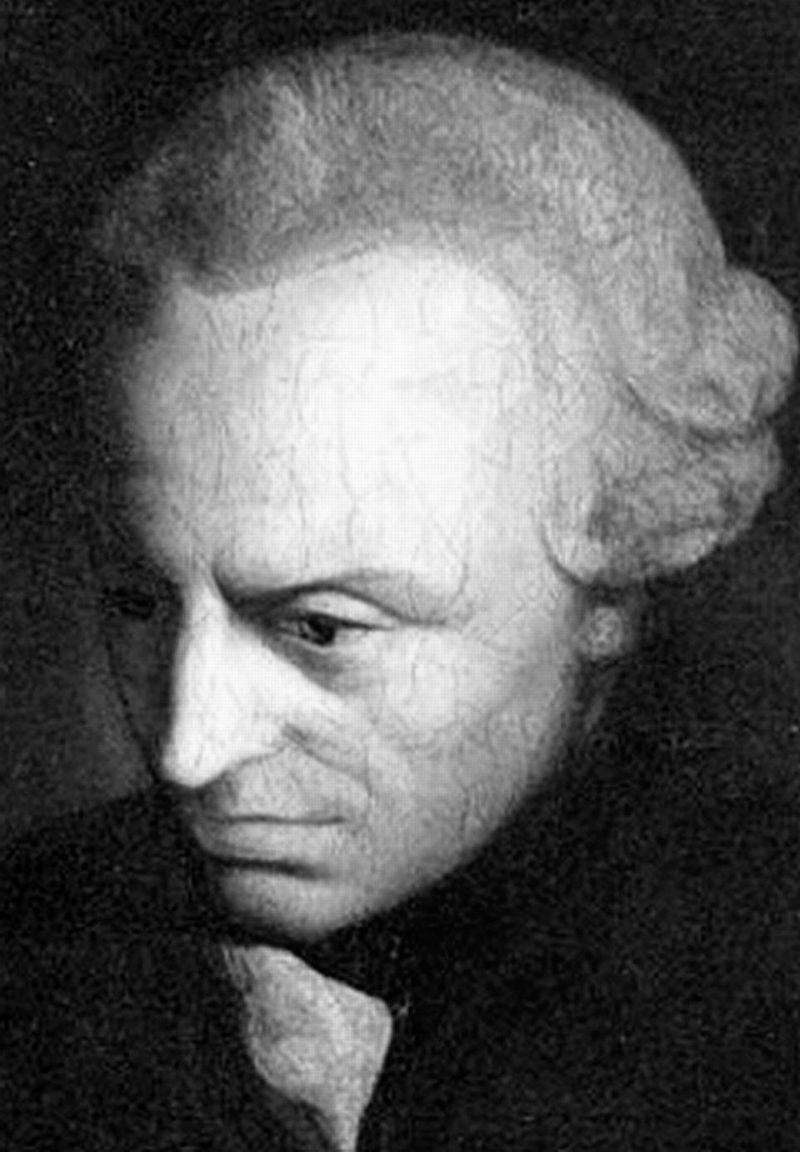
Publication details
Publisher: Palgrave Macmillan
Place: Basingstoke
Year: 2017
Pages: 329-348
Series: Political Philosophy and Public Purpose
ISBN (Hardback): 9781137558008
Full citation:
, "Aesthetics as the precondition for revolution", in: The Palgrave handbook of critical theory, Basingstoke, Palgrave Macmillan, 2017


Aesthetics as the precondition for revolution
pp. 329-348
in: The Palgrave handbook of critical theory, Basingstoke, Palgrave Macmillan, 2017Abstract
In the middle of the eighteenth century, Alexander Gottlieb Baumgarten (re-)introduced the concept of aesthetics into the philosophical discipline. Based on Baumgarten's concept of aesthetics, inter alia, Immanuel Kant as well as Johann Gottfried von Herder continued to work on the further development of this field. Both reformulated Baumgarten's relation between aesthetics and logic. According to Kant, the combination of logic and transcendental aesthetics makes a theory of human experience possible. For Herder, aesthetics is neither concept nor judgment of taste. Rather, the understanding of aesthetics serves to transform philosophy into anthropology. Based on Baumgarten's work on aesthetics and Kant's partition between transcendental and anthropological aspects of human sensibility, this chapter argues that Herder's notion of aesthetic anthropology, relating feeling and history, can be seen as an interesting point combining aesthetics, art(work) and social theory.
Cited authors
Publication details
Publisher: Palgrave Macmillan
Place: Basingstoke
Year: 2017
Pages: 329-348
Series: Political Philosophy and Public Purpose
ISBN (Hardback): 9781137558008
Full citation:
, "Aesthetics as the precondition for revolution", in: The Palgrave handbook of critical theory, Basingstoke, Palgrave Macmillan, 2017



